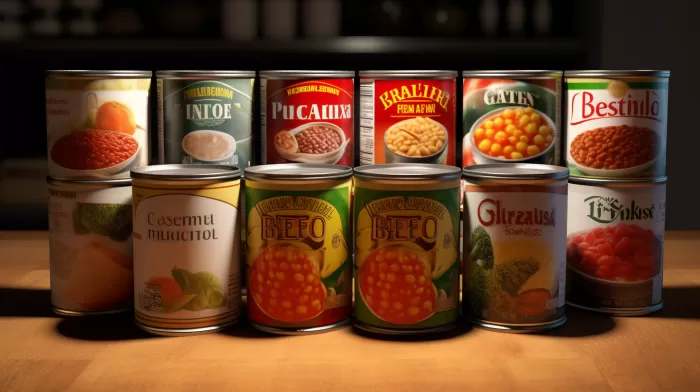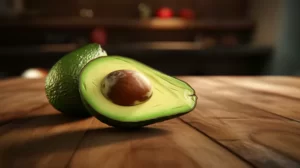There’s no doubt that determining whether that long-lost can at the back of the cupboard is safe to eat or needs to be tossed can be a challenge. To make matters more confusing, labels such as “sell by,” “use by,” and “best by” can all mean different things. So, how can you make sense of it all and be sure that the food you consume is still good for you? Let’s break it down.
The Best Way to Determine Freshness in Different Foods
When it comes to eating fresh foods, it’s crucial to consume them as close to their prime as possible to ensure that they’re providing you with their full nutritional benefits. Determining if food is safe to eat can depend on the type:
- Meats and cold cuts: Trust your nose. If it starts to smell like perfume, move on.
- Fruit and vegetables: If they look black or feel slimy, it’s time to toss them.
- Beverages: Sour milk, vinegar-like wine, or separated fruit juice are all signs that they’re not good to consume.
However, aside from these indicators, how can you tell if canned and packaged foods are still safe to eat?
Decoding Different Food Dates
Here’s a breakdown of the different types of food dates you might see on a variety of packaged foods:
- “Sell by”: Designed for shopkeepers to determine how long they should display a food item on their shelves. This doesn’t mean the product is spoiled after this date, however.
- “Use by”: Indicates the best taste and quality of a product. The item might still be safe to consume after this date, though the taste and texture might be less desirable. This isn’t considered a true “expiration” date where the food has spoiled.
- “Best used by”: The manufacturer suggests consuming the product before this date for the best flavor and quality. While similar to a “use by” date, it isn’t an expiration date either.
Expired or Still Safe?
The controversy surrounding food expiration dates often comes down to personal preferences and wiser food judgment based on the type of food and how it is stored. However, it is important to note that the only product required by law to have a true “expiration” date is infant formula.
Canned Foods: The Time Capsule Effect
The canning process allows foods to last for an extended period, even years, without spoilage so long as they are not dented, swollen, opened or exposed to extreme temperatures. Canned fruits and vegetables can often stay fresh for 12 to 18 months past their dates, while canned meats and fish can last for years.
Refrigerate or Freeze for Longer Lasting Foods
Many foods need to be refrigerated, particularly fresh items, cheeses, and opened products. Once opened or left on the counter, the “sell by” or “use by” dates are void. Some items (if handled properly and stored at or below 40°F) can still remain safe to eat past the “sell by” date, while the “use by” date should be strictly observed for fresh meats, vegetables, and dairy.
Proper refrigeration or freezing can potentially extend the life of many food items, keeping them safe to eat months after their designated dates.
The Egg-ception
Eggs are an exception — do not eat them past their “sell by” or “expiration” date (some states require an expiration date on egg cartons). If no expiration date is present, and if the eggs are USDA graded (indicated by the logo on the carton), you can safely store them for up to 45 days past the “pack date” (also found on the carton).
Although it may be a lot to keep track of, next time you’re debating about whether or not to keep or toss that canned item, be armed with the knowledge of what these different food dates mean and make the best judgment call on a case-by-case basis to ensure both the best taste and food safety.



